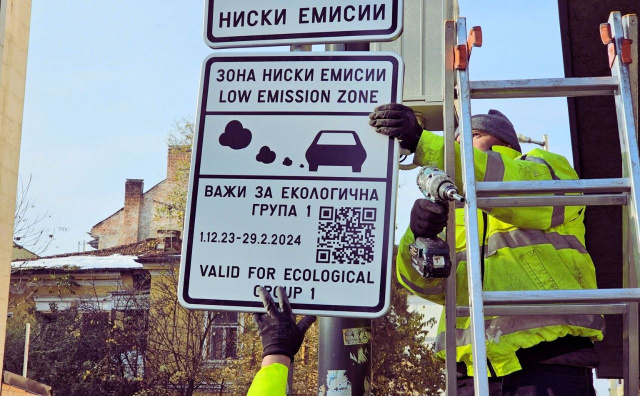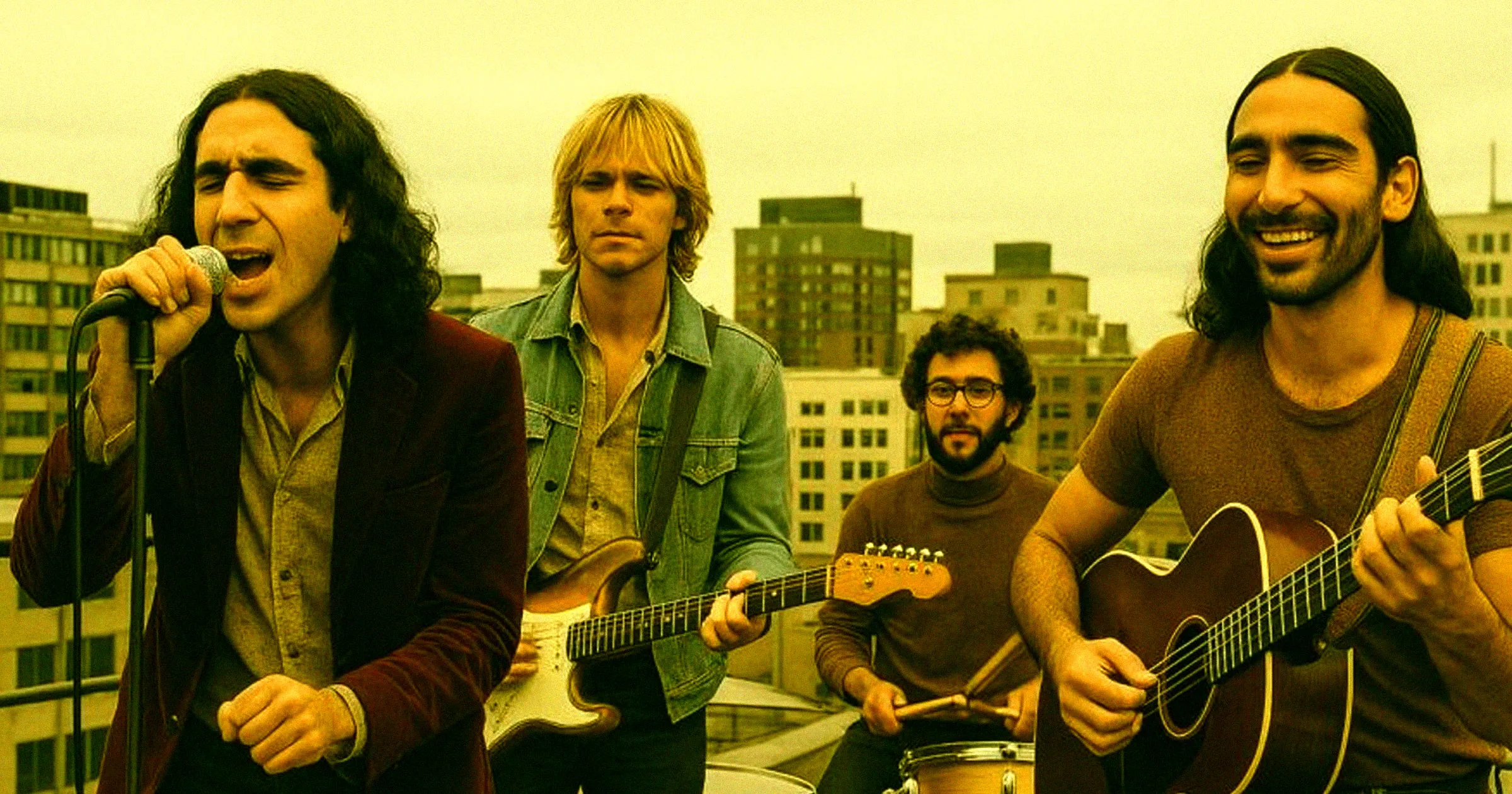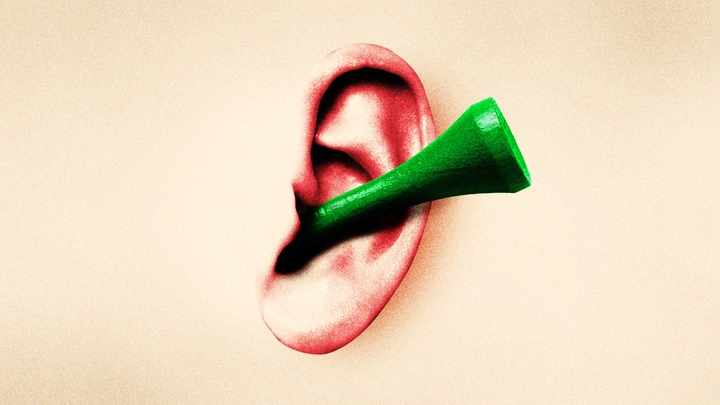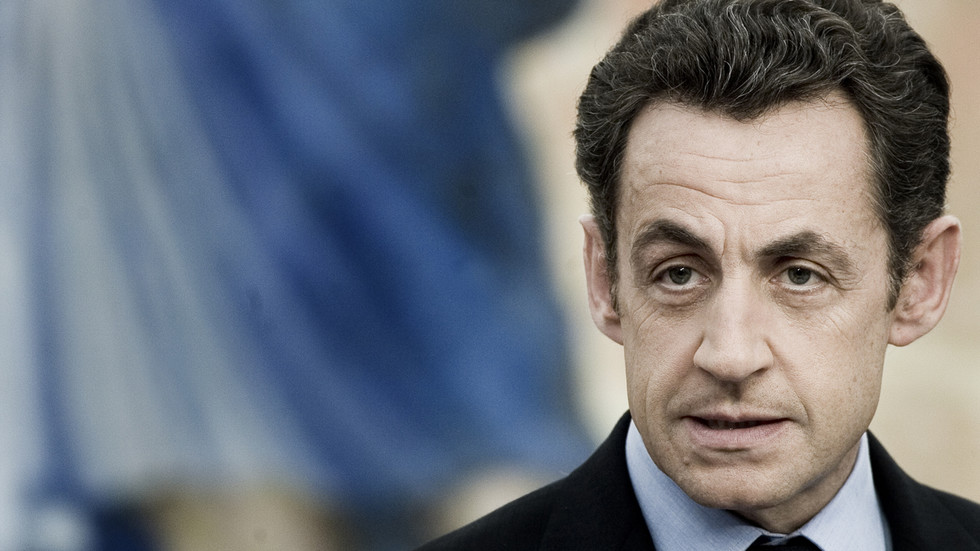Copyright novinite

The introduction of Sofia’s Low Emission Zone has already shown measurable results, with nitrogen dioxide levels dropping by 10%, according to Ivaylo Popov from the “For the Earth” Association. The organization recently presented its first report assessing the impact of the Zone on the city’s air quality. Popov noted that while the Low Emission Zone was adopted several years ago, it initially served an informational purpose. Last winter, however, the municipality began enforcing restrictions, issuing penalty orders to drivers whose vehicles were not permitted to enter the so-called “small ring.” Data collected during this three-month period, from December 2024 to February 2025, showed a significant decrease in the number of non-compliant cars and a corresponding reduction in pollution. “For the period in which the Zone was active, we recorded a 10% drop in nitrogen dioxide pollution. This effect appears to be directly linked to traffic, as there were no other unusual factors during this time,” Popov explained. He added that nitrogen dioxide is present year-round, not only seasonally, emphasizing the ongoing nature of the problem. While the 10% reduction is encouraging, Popov stressed that it is insufficient to bring levels within legal norms. He argued that more comprehensive measures will be necessary, including expanding the Zone’s operation beyond the current three-month period. Sofia Municipality plans to propose extending the Zone to seven months, with officials reportedly preparing the proposal within a few days. The Association conducted independent measurements at 36 locations across the city, highlighting discrepancies with official data. Popov explained that municipal and national monitoring stations often report nitrogen dioxide levels within legal limits, particularly near transport routes, while the Association’s measurements indicate a serious ongoing problem. He criticized the authorities for placing stations incorrectly and said that, until recently, the ministry had largely ignored the issue. He expressed hope that next year, air quality measurements would be taken at more appropriate locations to reflect the true impact of traffic on pollution in Sofia.



